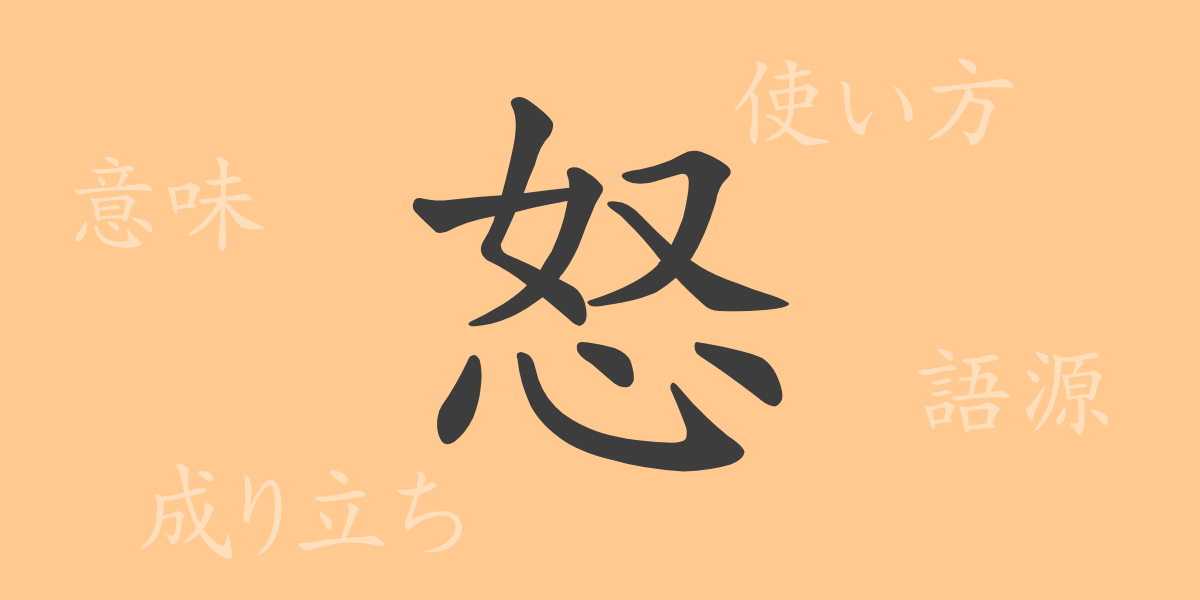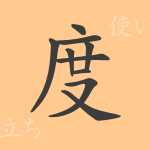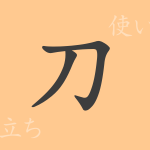The richness of Japanese written culture is epitomized by Kanji, each character bearing deep historical and cultural significance. The Kanji ‘怒(ど)’ represents the emotion of anger, an intense energy woven into everyday interactions. This article explores ‘怒’, tracing its etymology to contemporary uses, and uncovering its influence in idioms and proverbs, inviting readers to rediscover the depth of the Japanese language.
Origins of ‘怒(ど)’
The Kanji ‘怒’ originated in ancient China, designed to express the emotions of subjugated people, combining ‘奴(ぬ)’ indicating a slave, with ‘心(しん)’, the heart radical, symbolizing feelings stirring within. This character illustrates anger emerging from within, evolving over time and finding its unique place in Japanese culture and language.
Meaning and Usage of ‘怒(ど)’
‘怒’ primarily conveys anger or indignation, portraying an intense emotional disturbance. In Japanese, it is used both as the verb ‘怒る(おこる)’ and the noun ‘怒り’, and can also denote an imposing, fearsome presence.
Readings, Stroke Count, and Radical of ‘怒(ど)’
Here are the details on how ‘怒’ is represented in Japanese:
- Readings: On’yomi ‘ド’, Kun’yomi ‘いかる’, ‘おこる’
- Stroke count: 9 strokes
- Radical: Heart (心)
Phrases, Idioms, and Proverbs Using ‘怒(ど)’
‘怒’ appears in many Japanese expressions, each enriching the language’s expressive range:
- 怒髪天を衝く(どはつてんをつく): To be extremely angry.
- 怒涛の如し(どとうのごとし): Like a raging wave, unstoppable and fierce.
- 怒り心頭に発する(いかりしんとうにはっする): To reach the peak of anger.
Conclusion on ‘怒(ど)’
The Kanji ‘怒’ transcends its graphical form, deeply entwined with human emotions and actions. Through understanding ‘怒’, we grasp the essence of anger and the richness of its Japanese expressions. While anger can harm, appropriate expression and comprehension can enhance communication and mend relationships. Knowing the power of ‘怒’ enables us to build richer human connections.

























